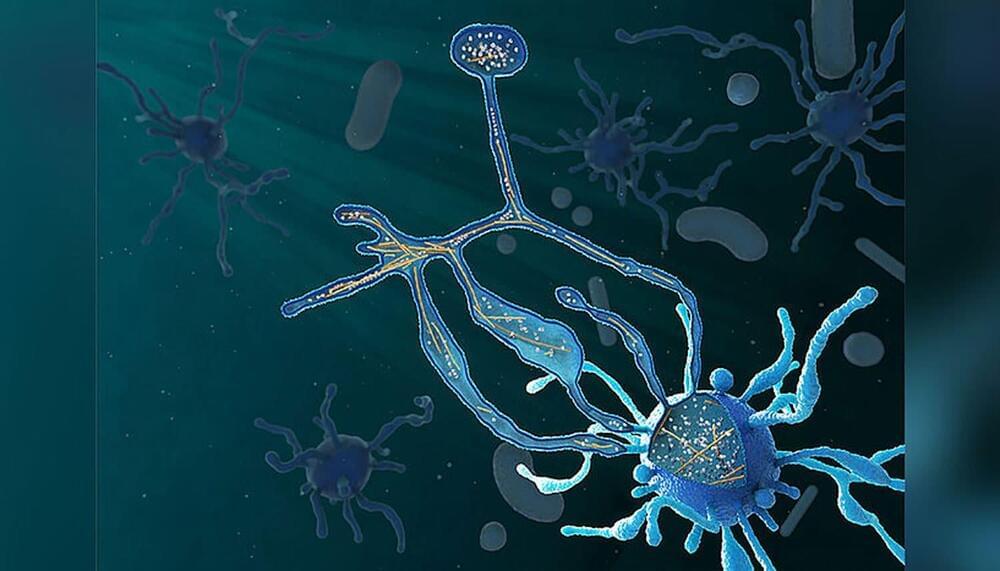The Asgard archaea are thought to be the eukaryotes’ nearest living relatives. In their genomes, numerous eukaryotic signature proteins (ESPs) have sparked theories about how eukaryotic cells evolved. Although never proven, ESPs may play a part in developing intricate cytoskeletons and complicated cellular structures.
A collaboration between the working groups of Christa Schleper at the University of Vienna and Martin Pilhofer at ETH Zurich – shed light on the origin of the complex organisms on Earth. Scientists have successfully cultivated a special archaeon and characterized it more precisely using microscopic methods. This Asgard archaea member demonstrates distinct cellular traits and might serve as an evolutionary “missing link” to more complex living forms like mammals and plants.
Most current theories presuppose that archaea and bacteria were crucial in the development of eukaryotes. It is thought that a close relationship between archaea and bacteria about two billion years ago led to the evolution of the first eukaryotic primordial cell. On 2015, the so-called “Asgard archaea,” which in the tree of life represent the closest ancestors of eukaryotes, were found through genomic analyses of deep-sea environmental samples. A Japanese study revealed the first pictures of Asgard cells in 2020 using enrichment cultures.










Comments are closed.